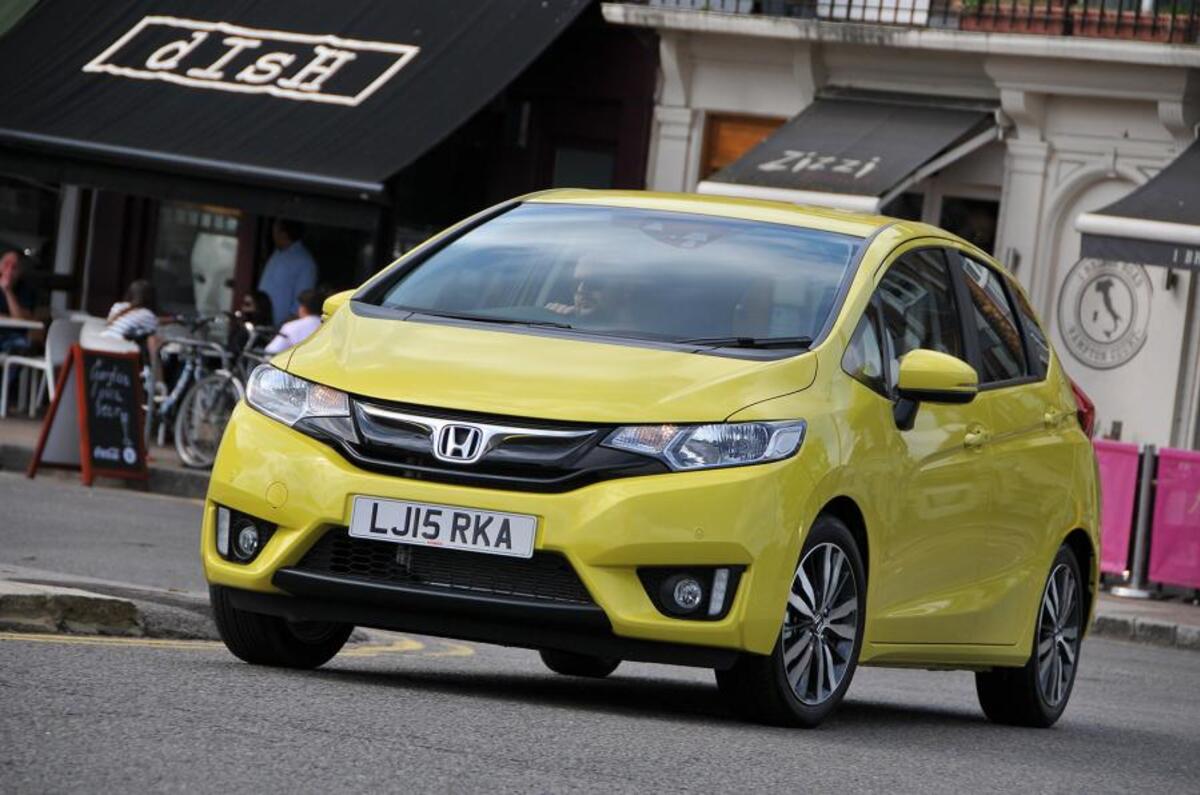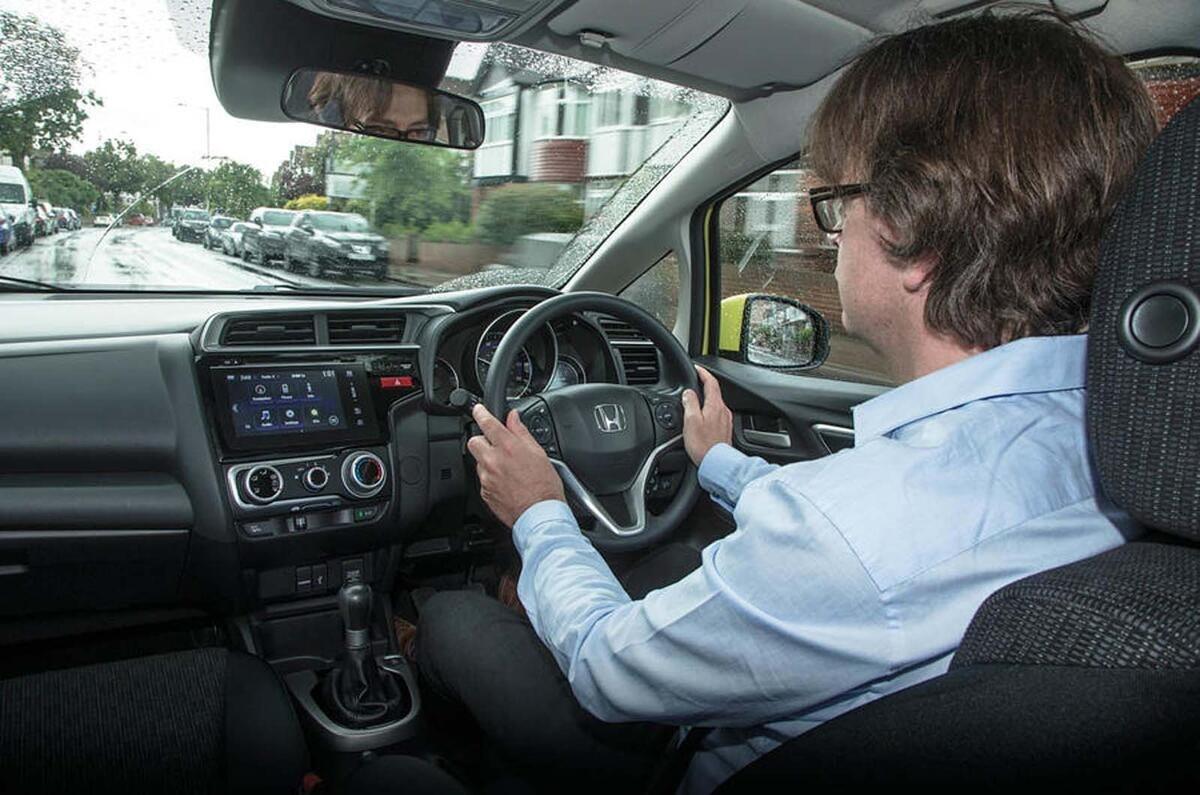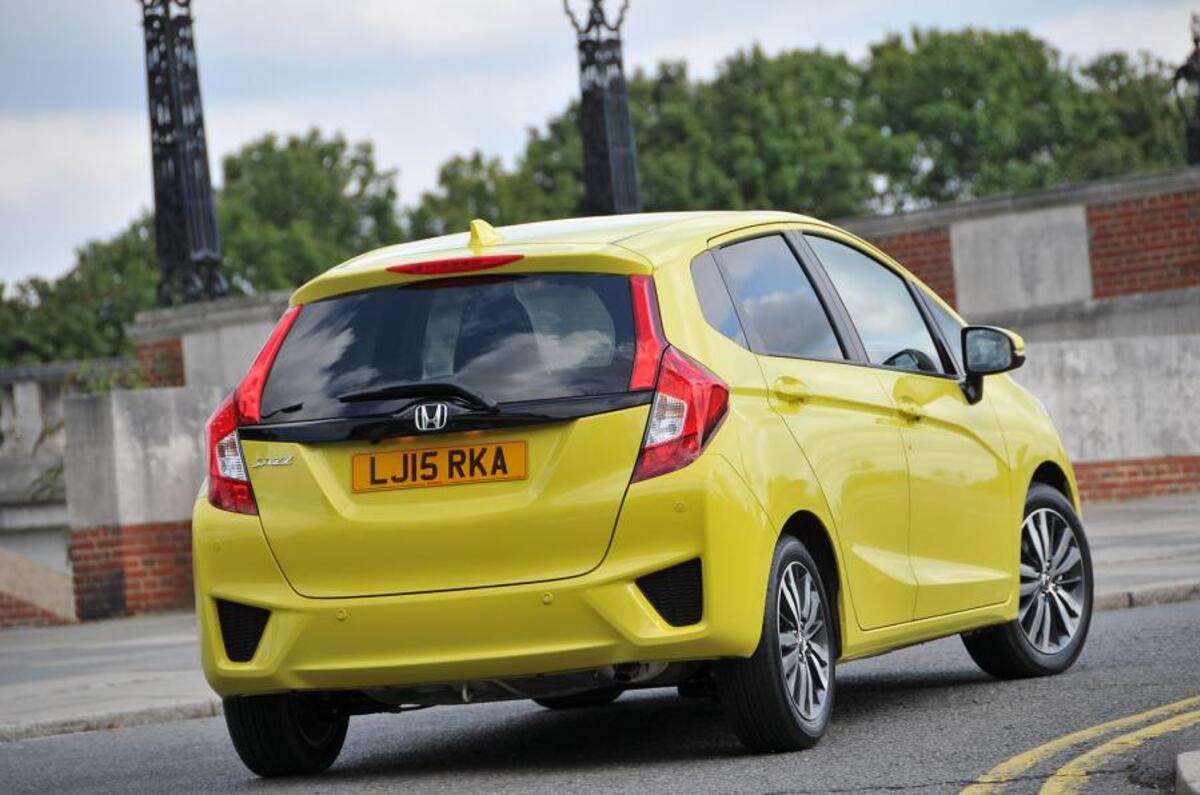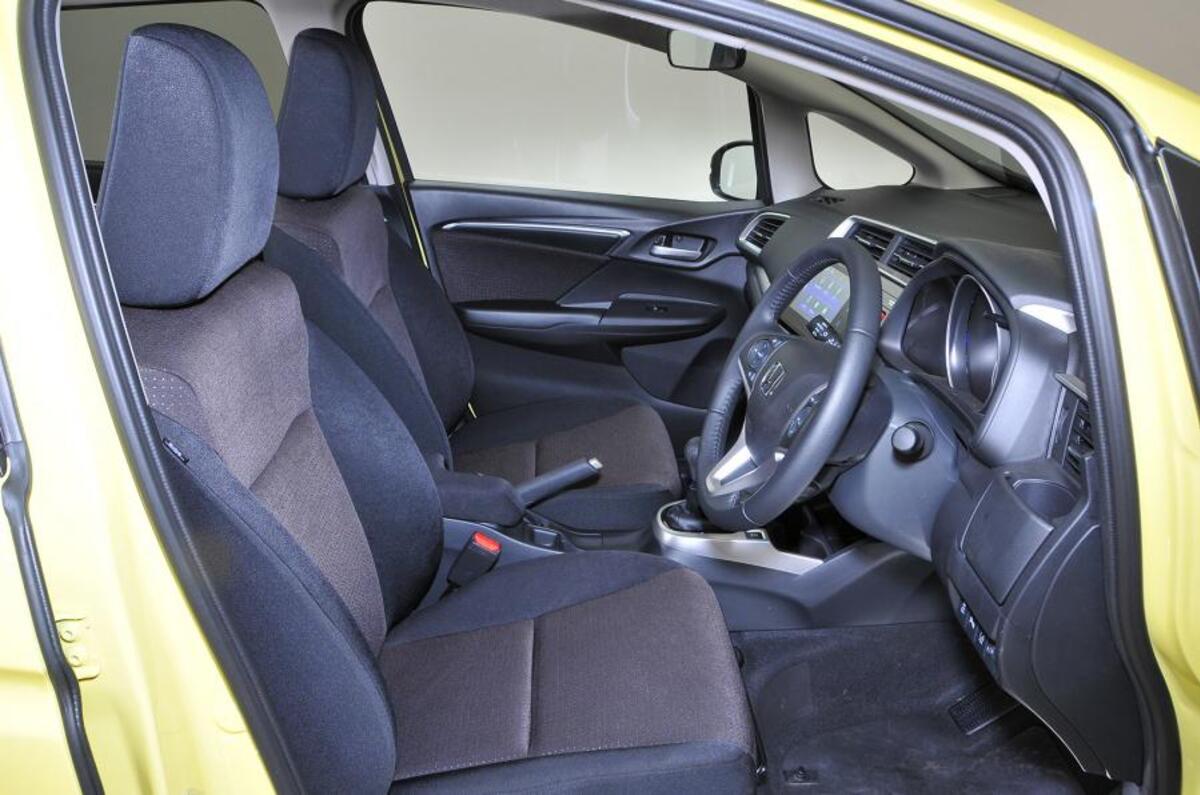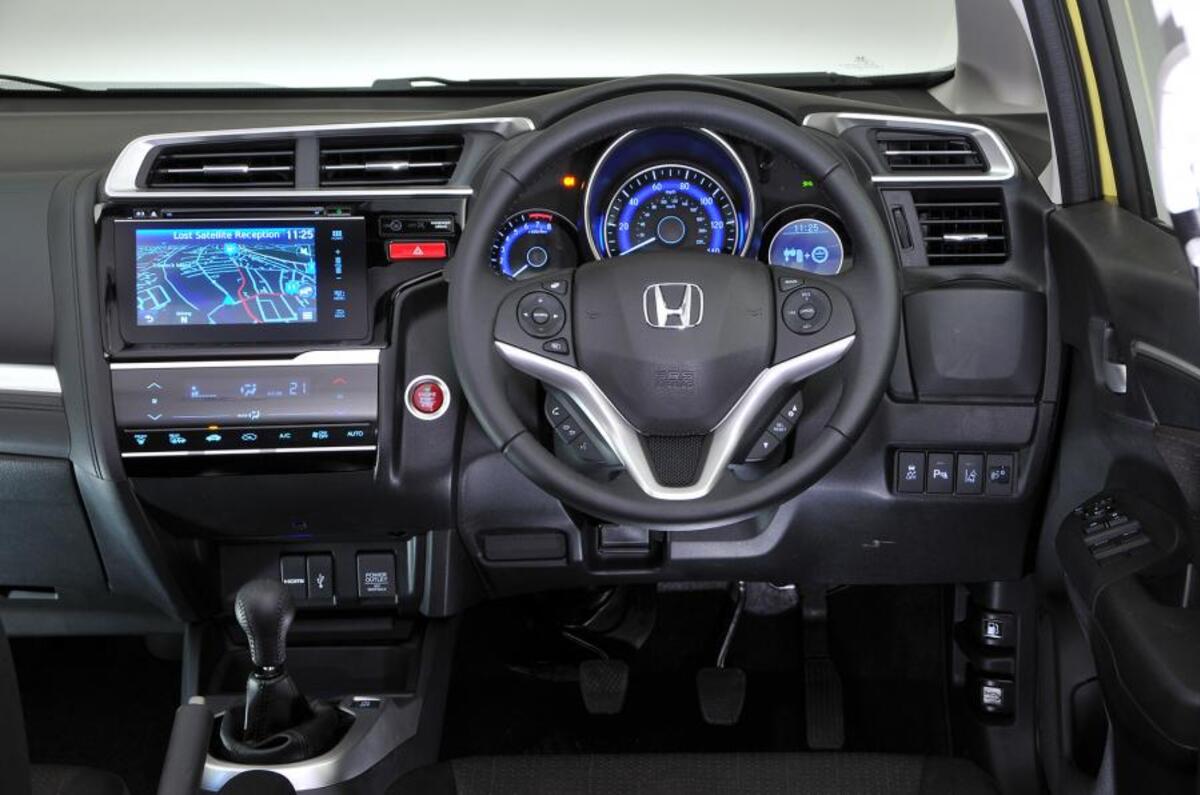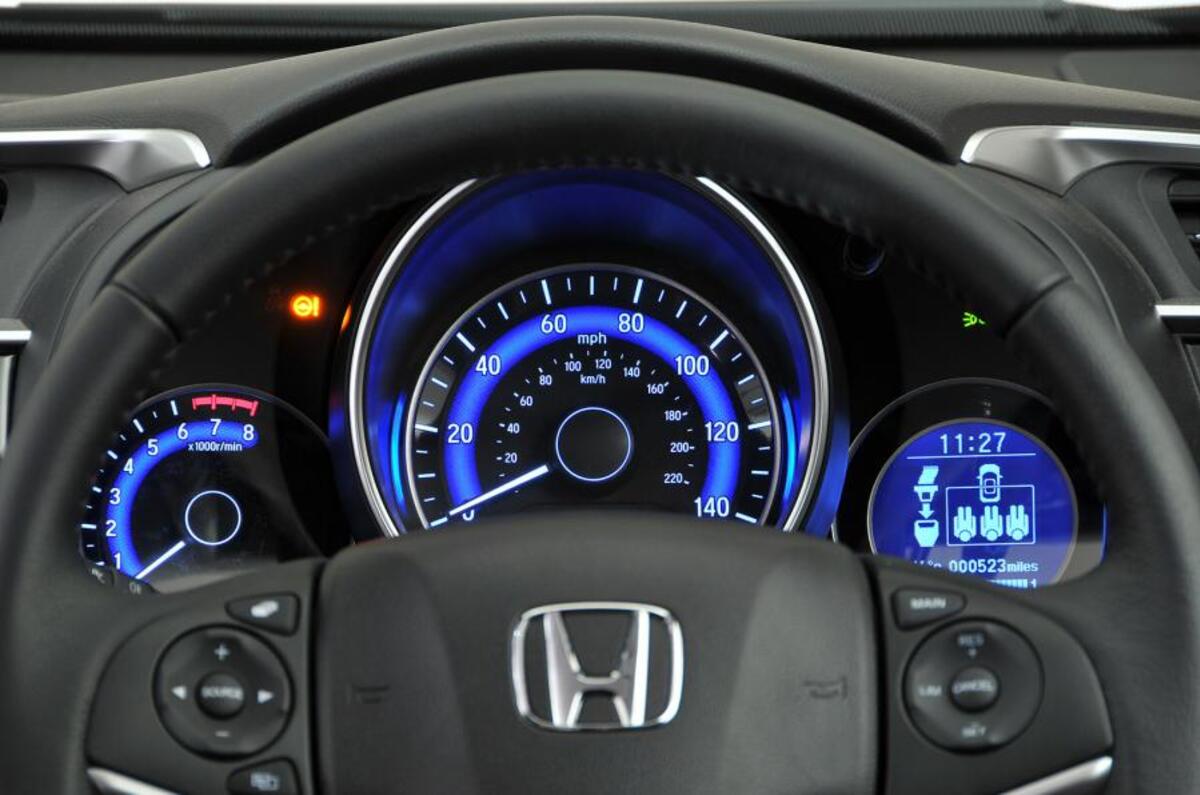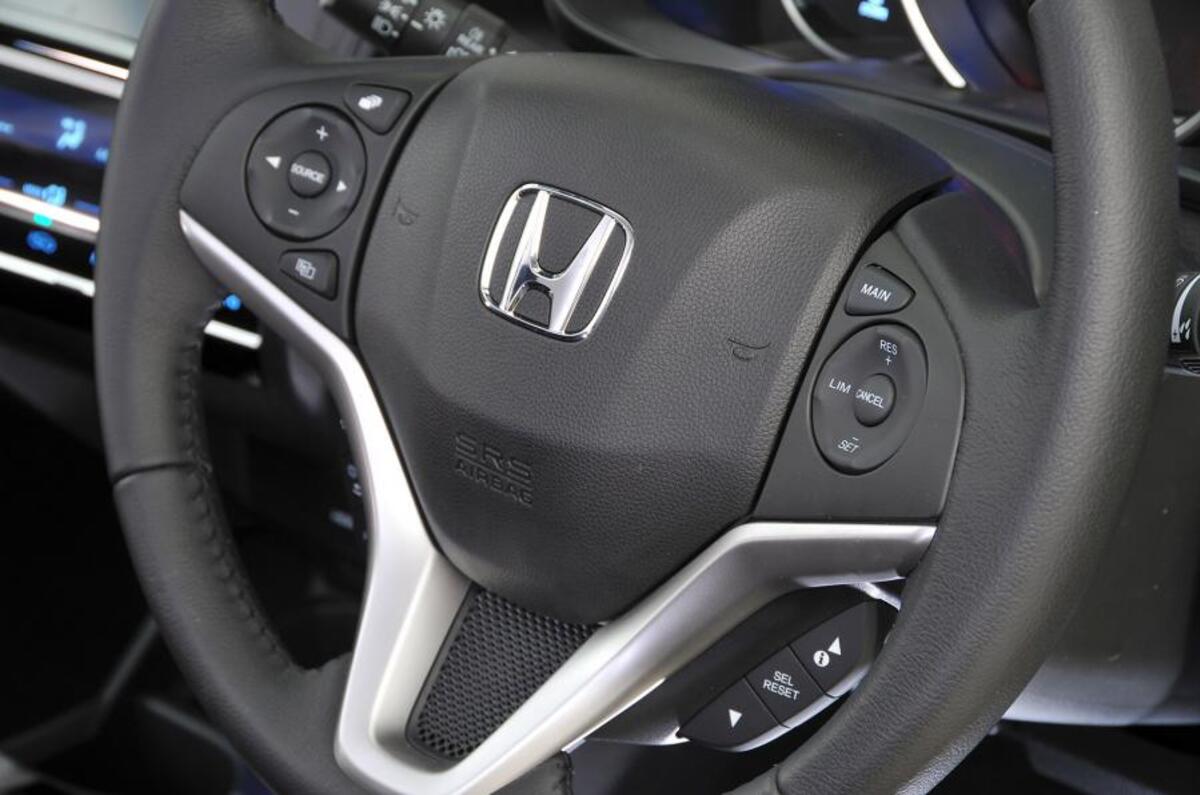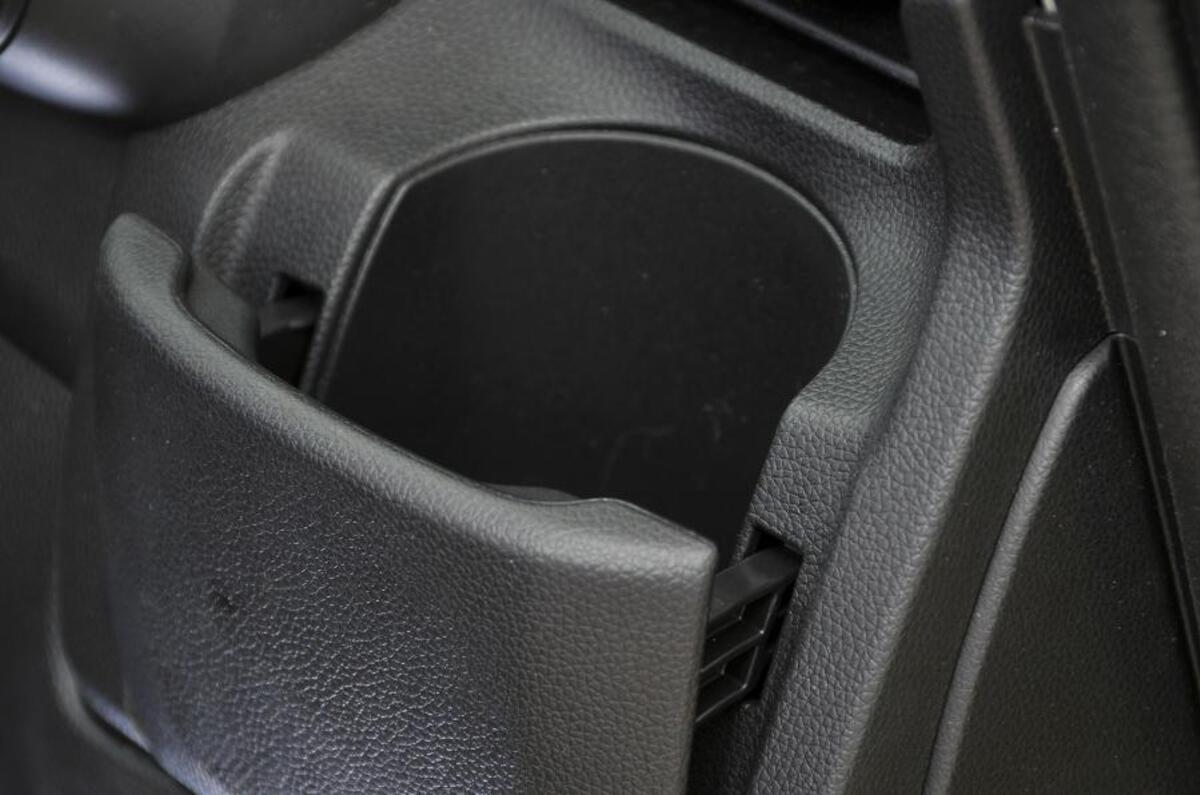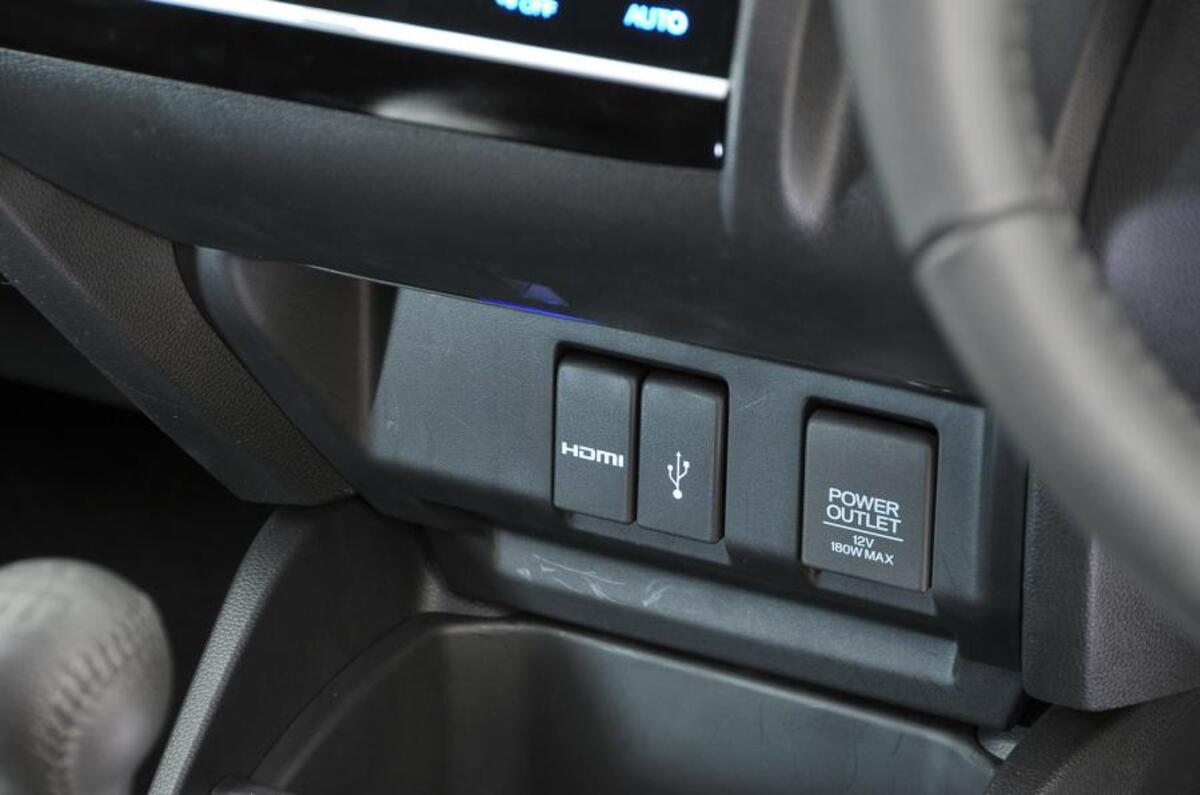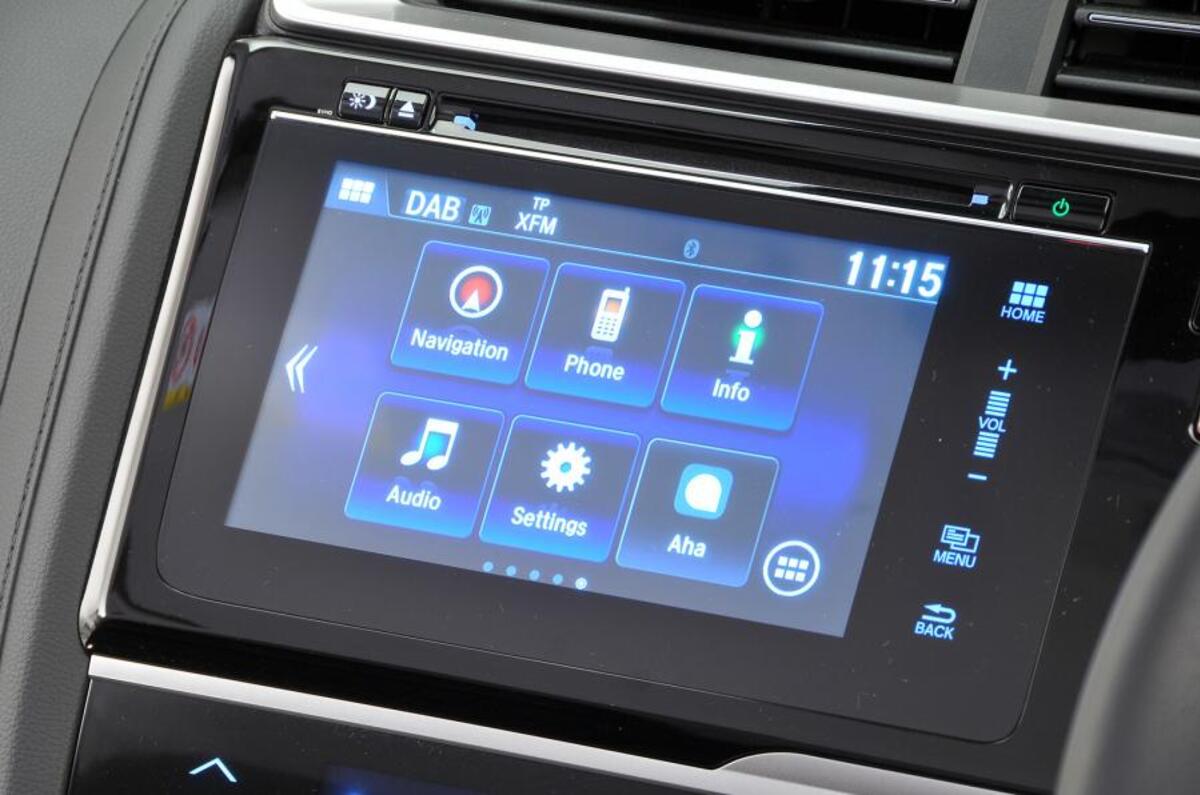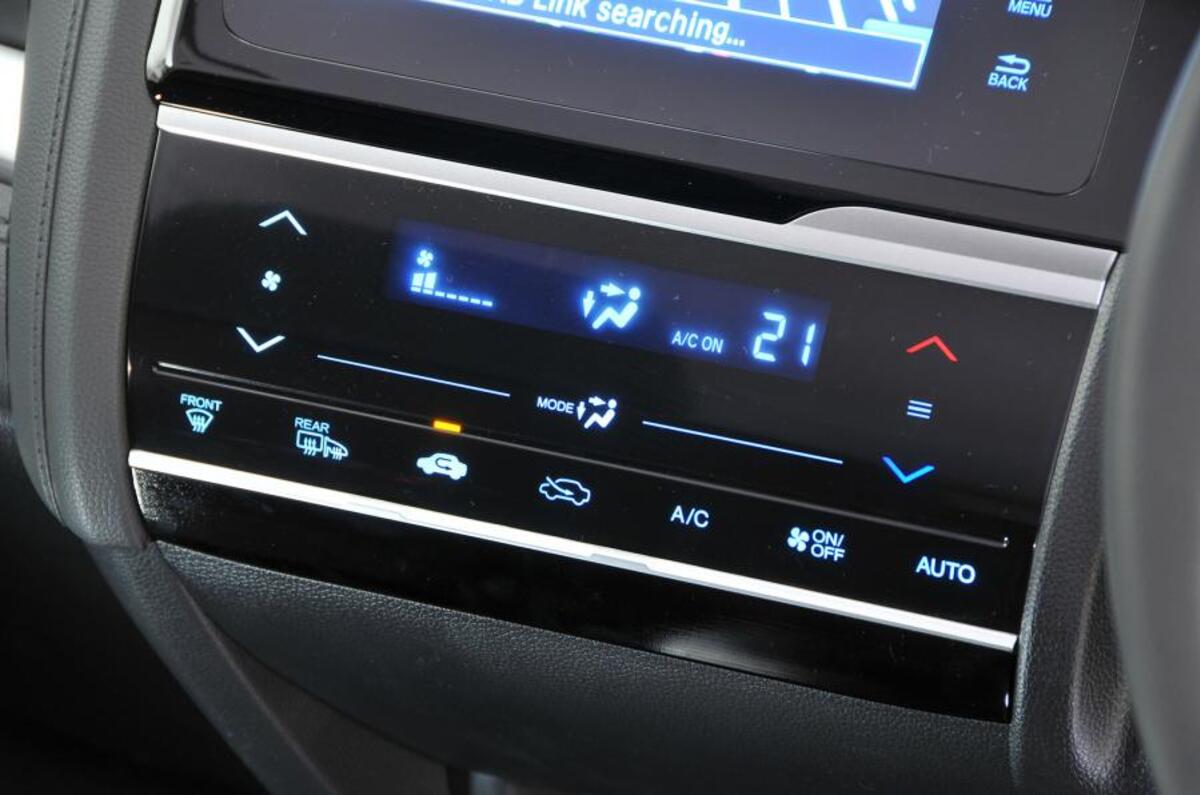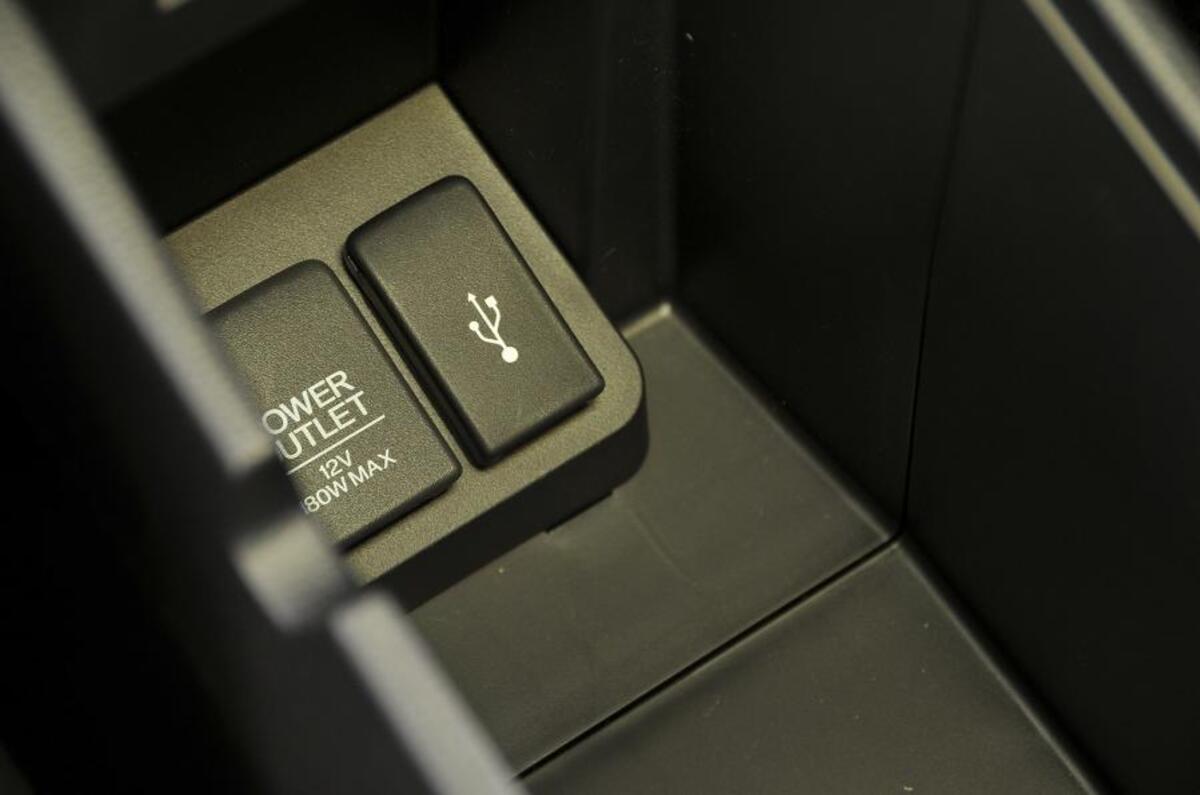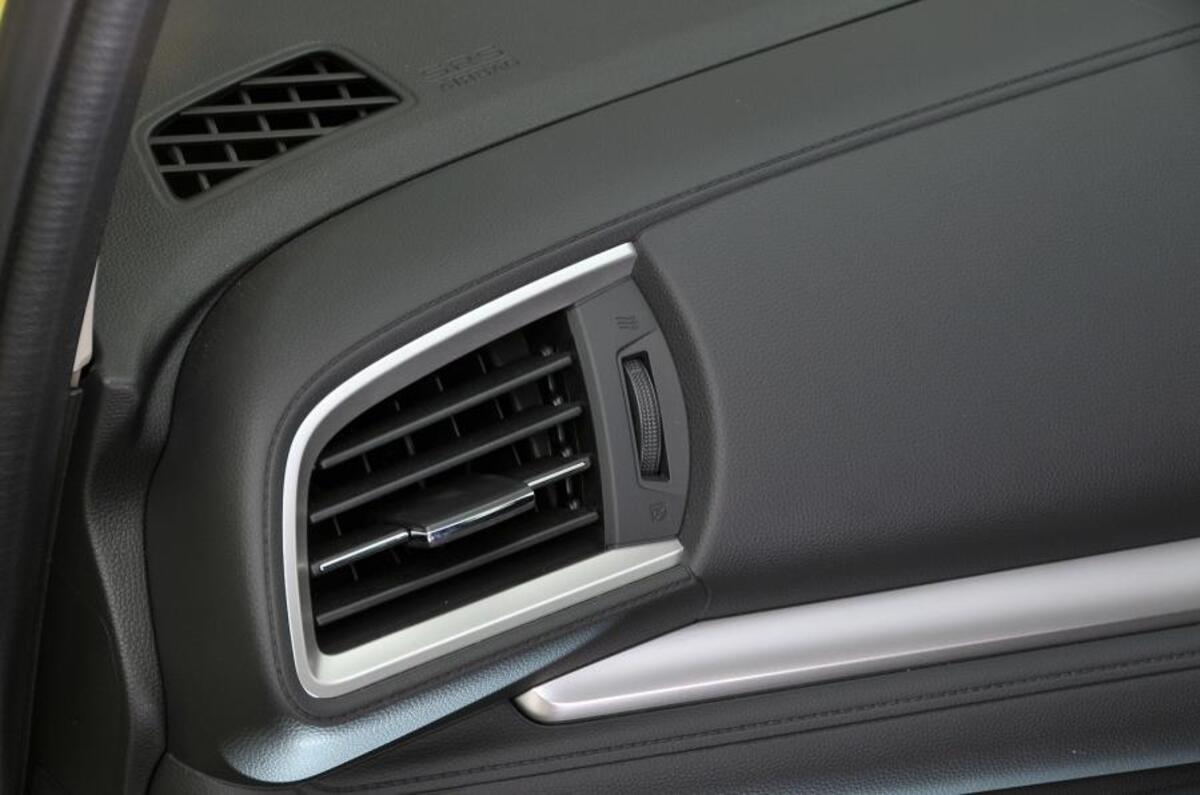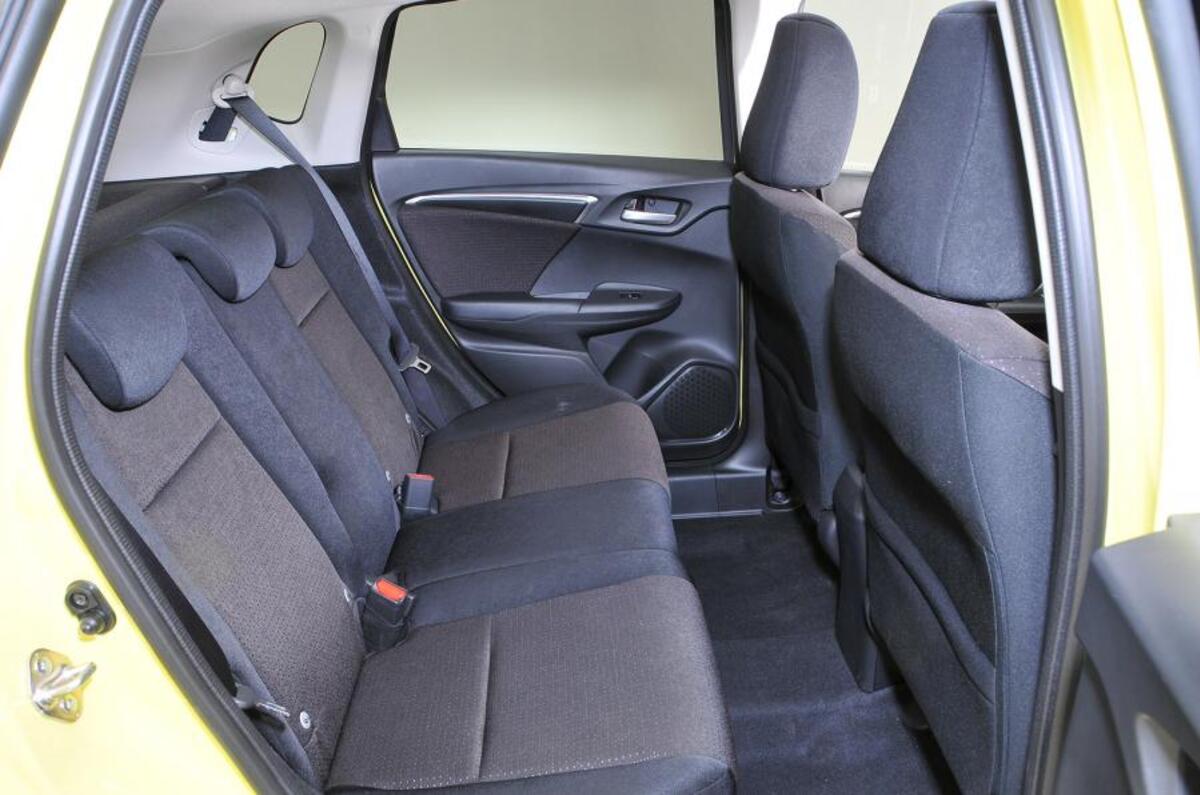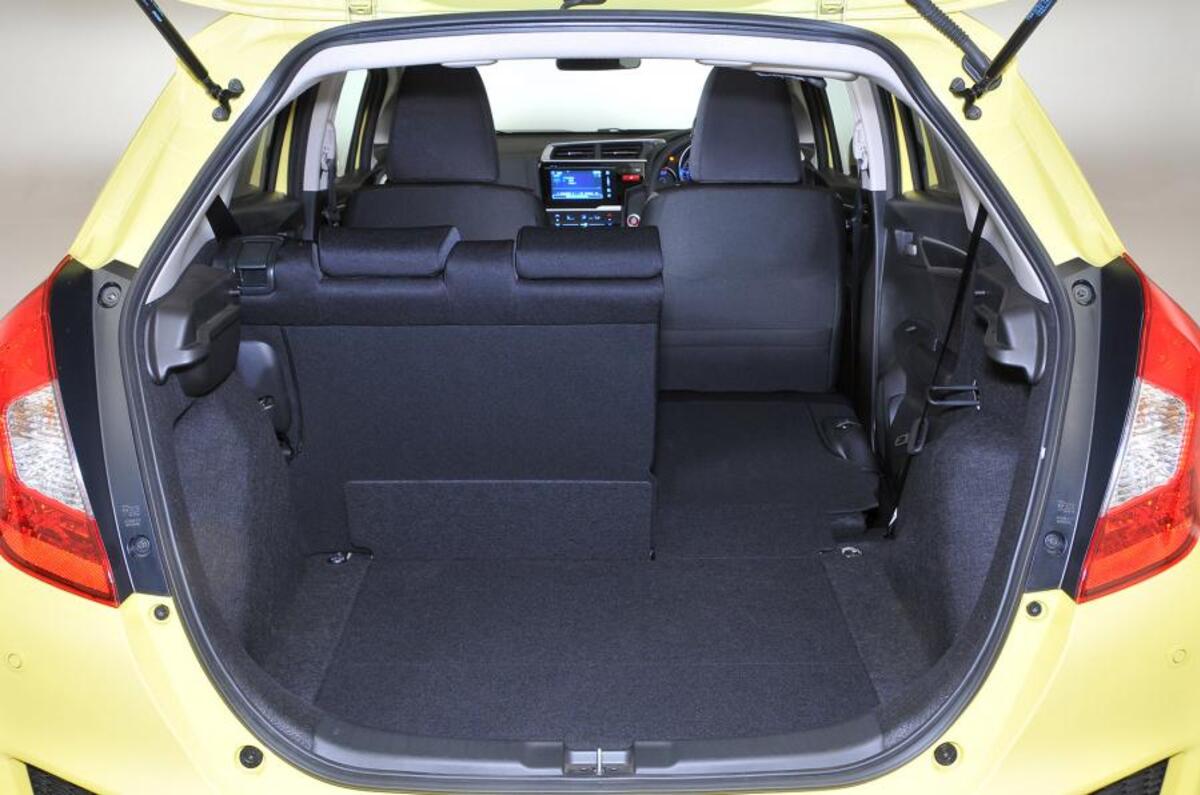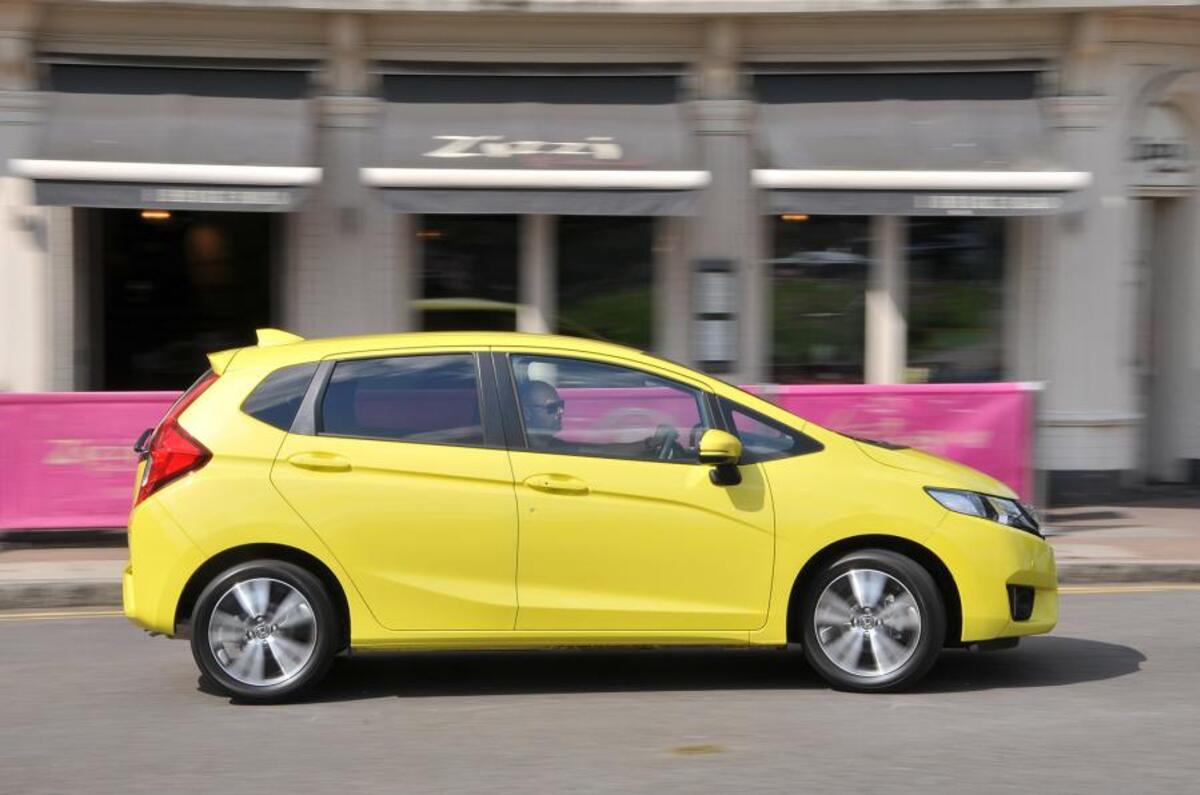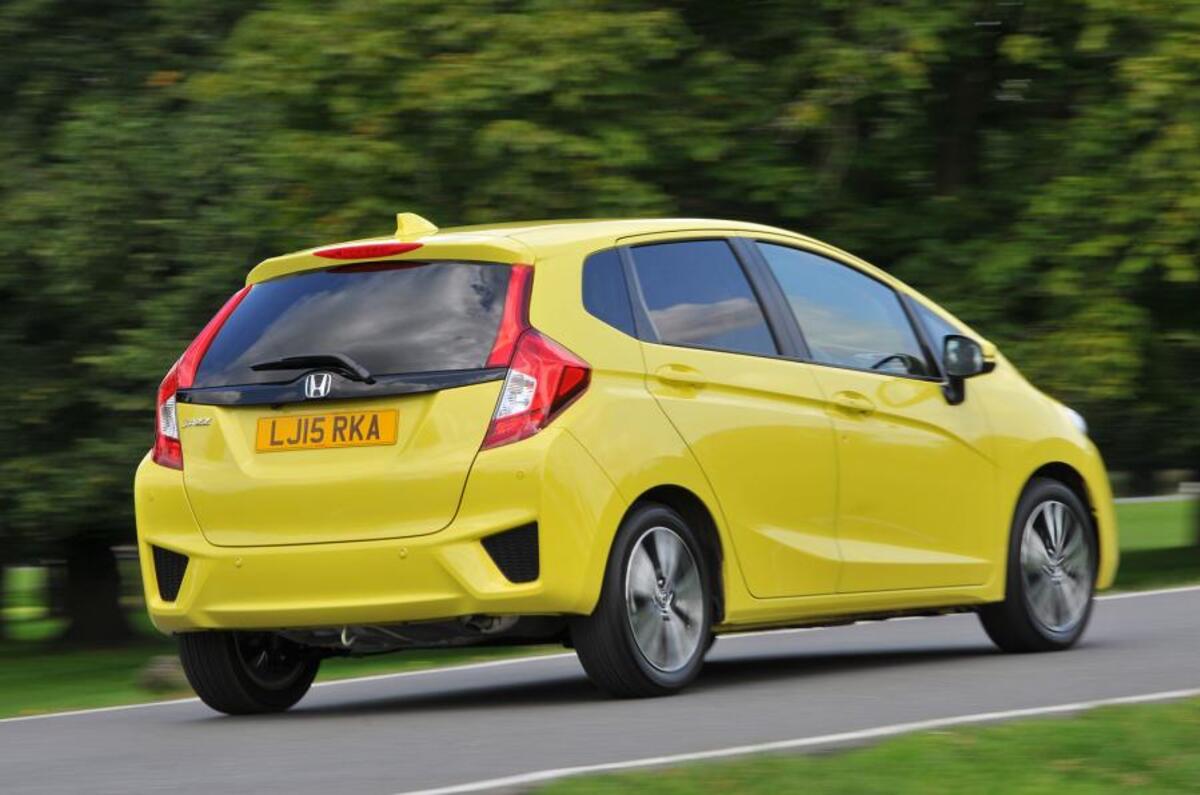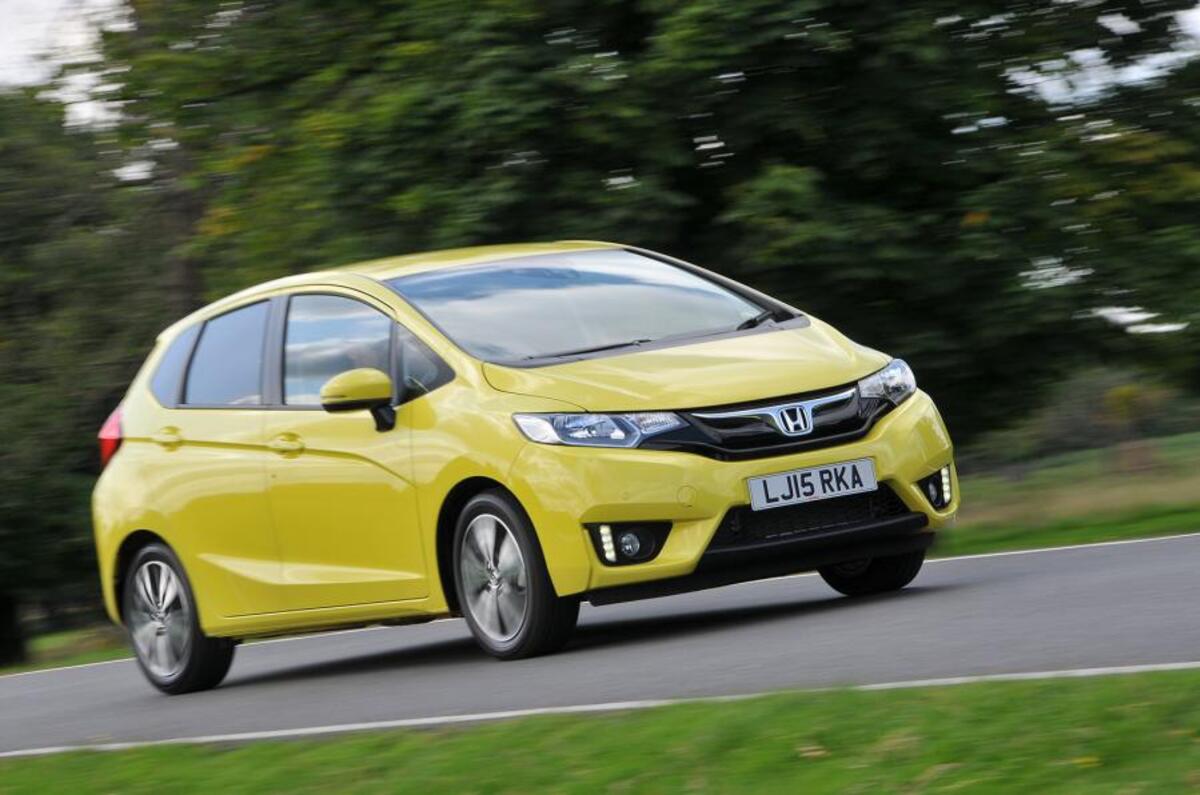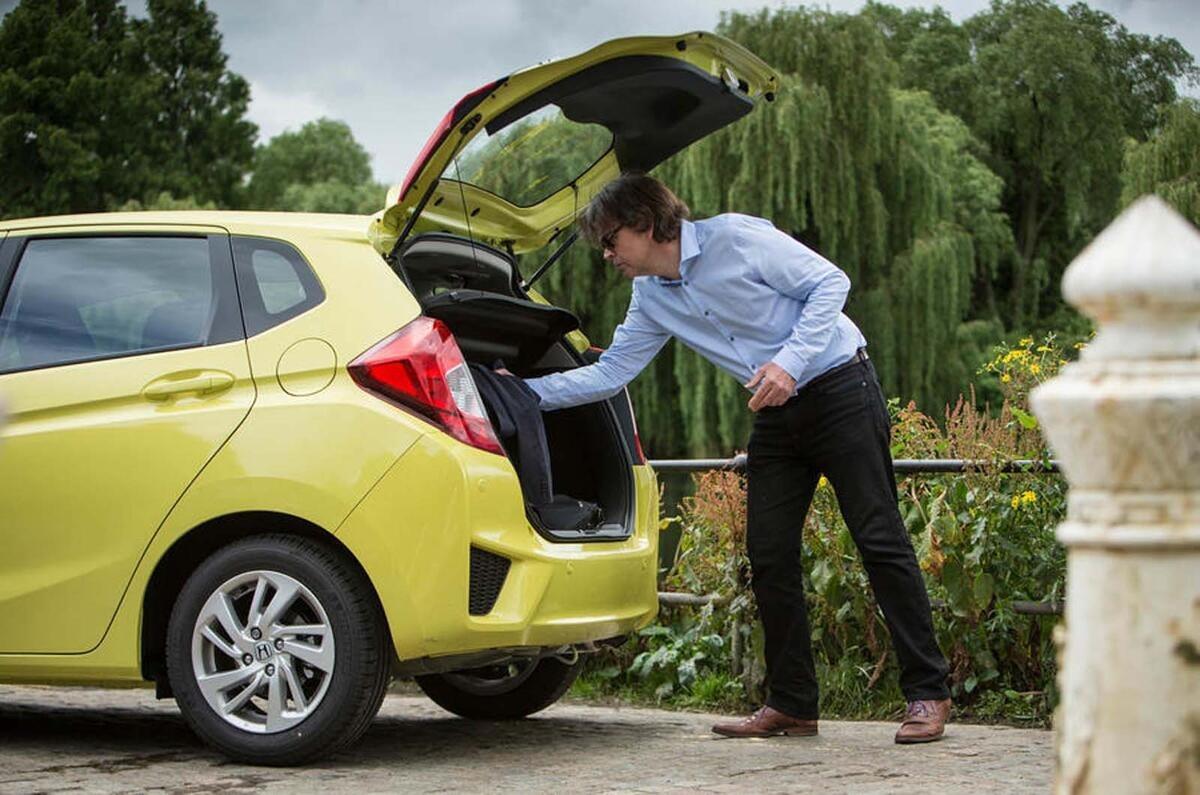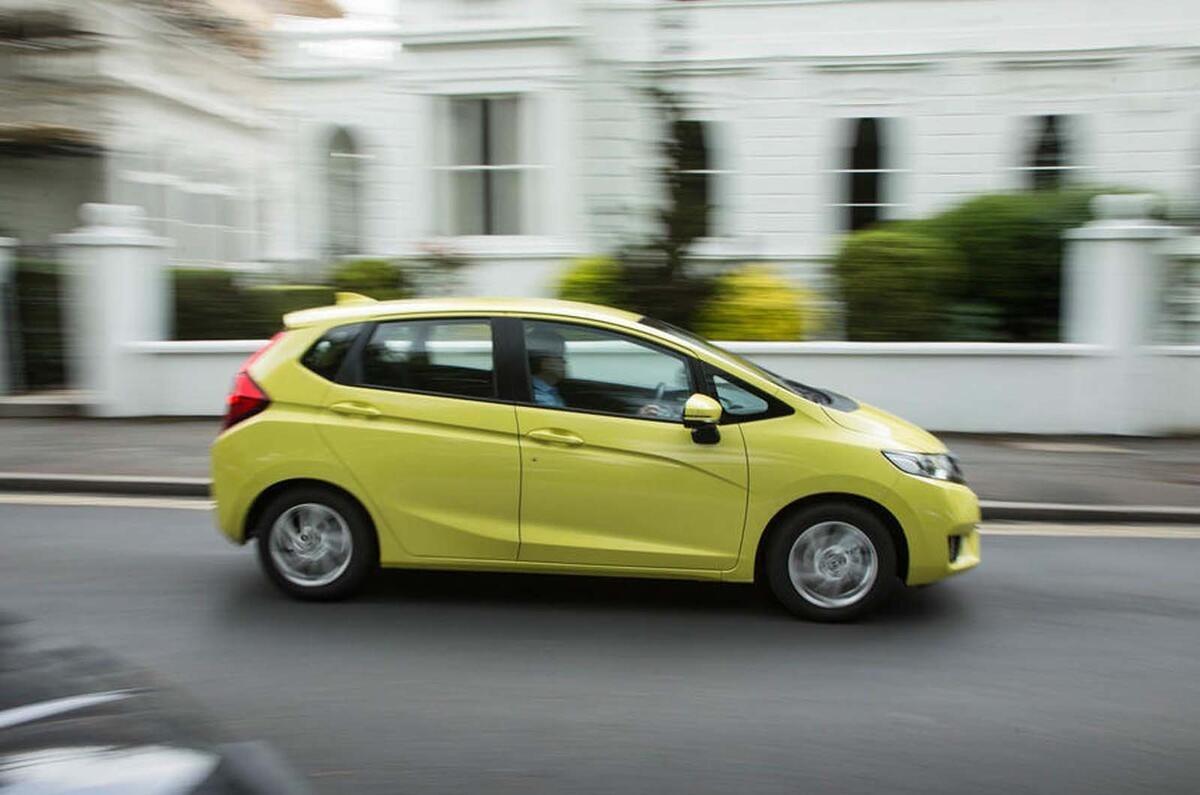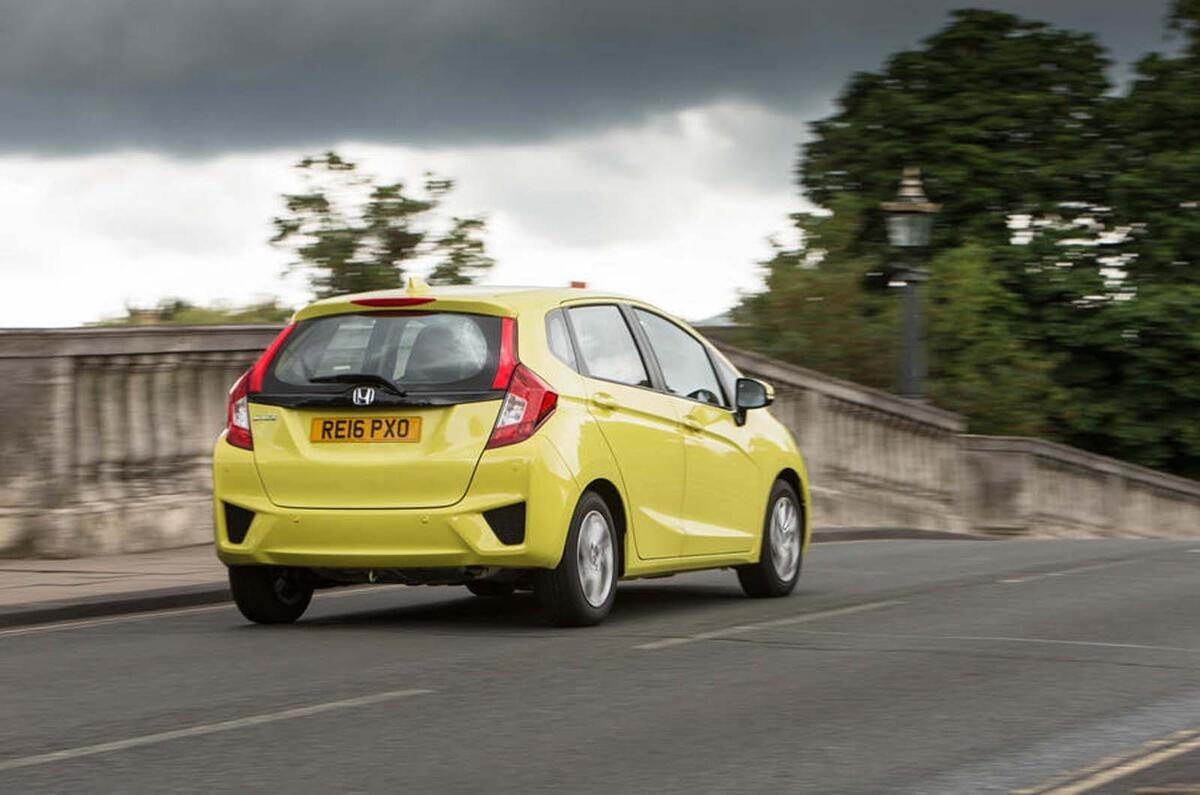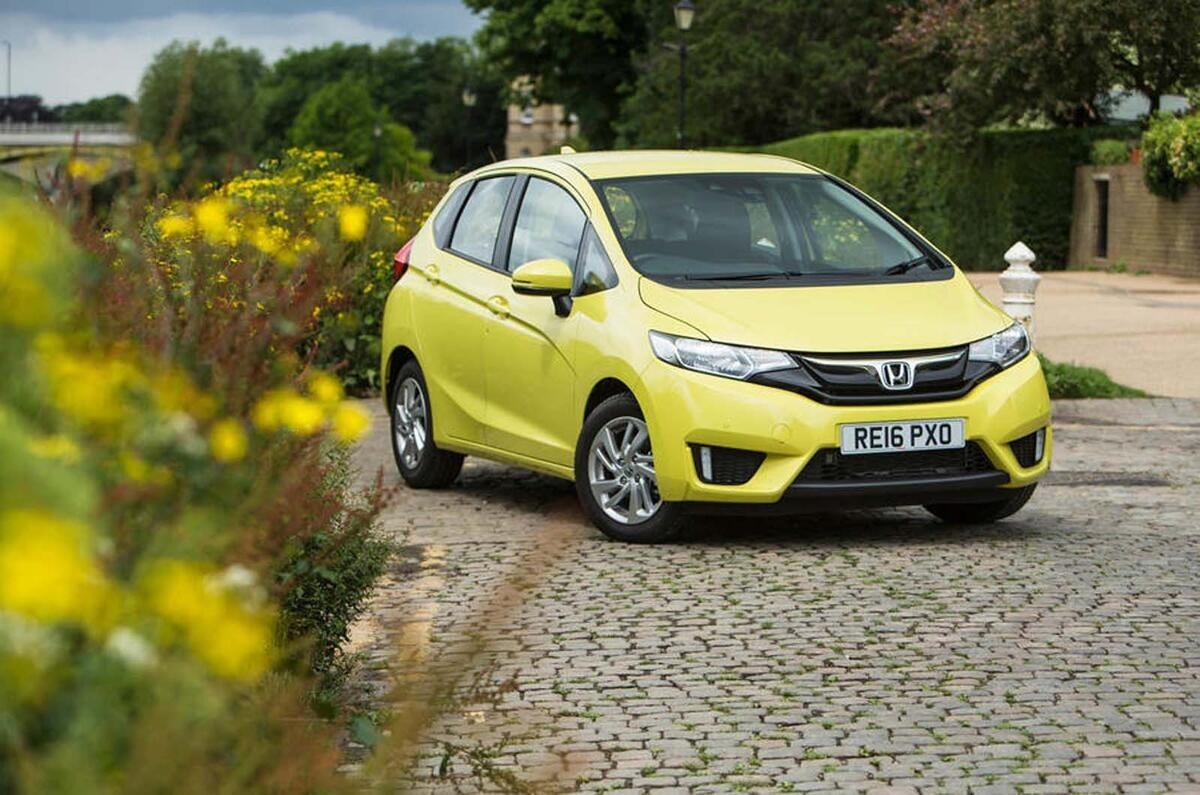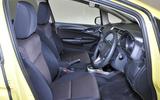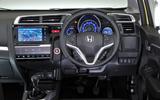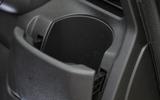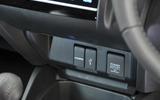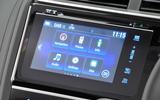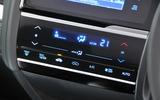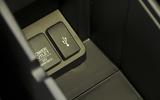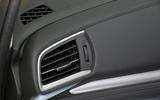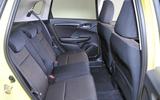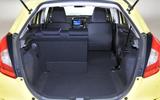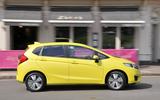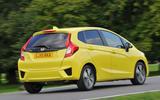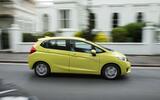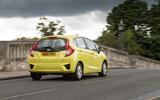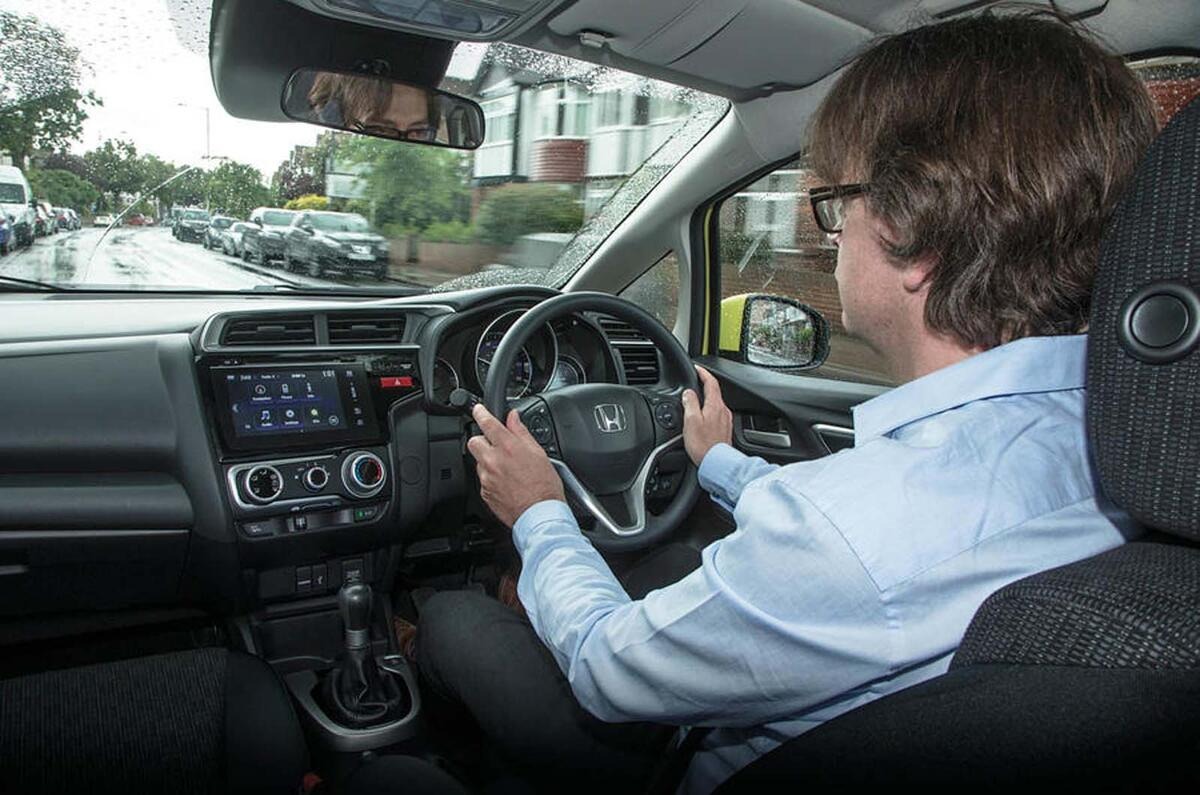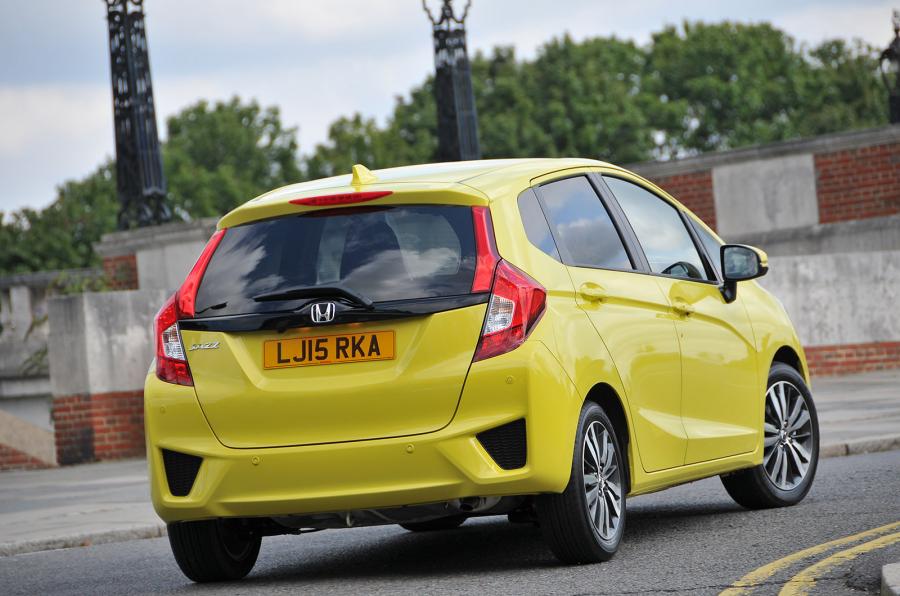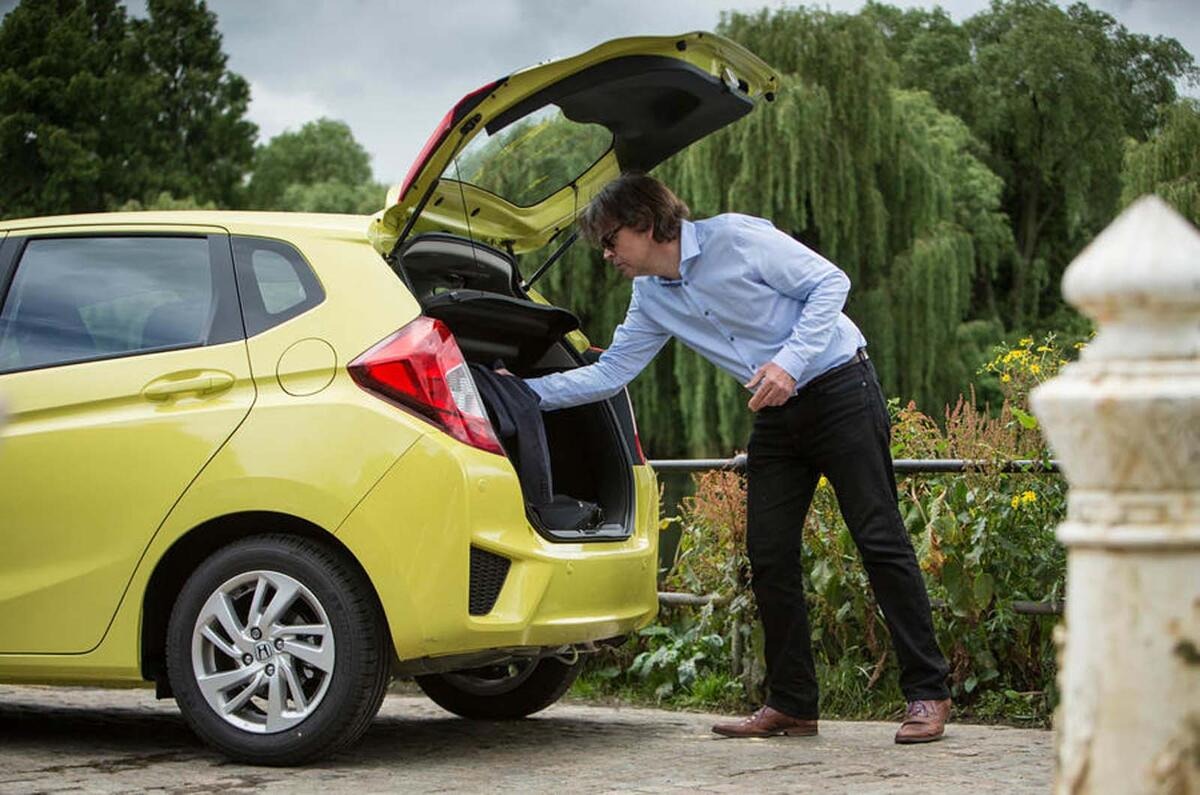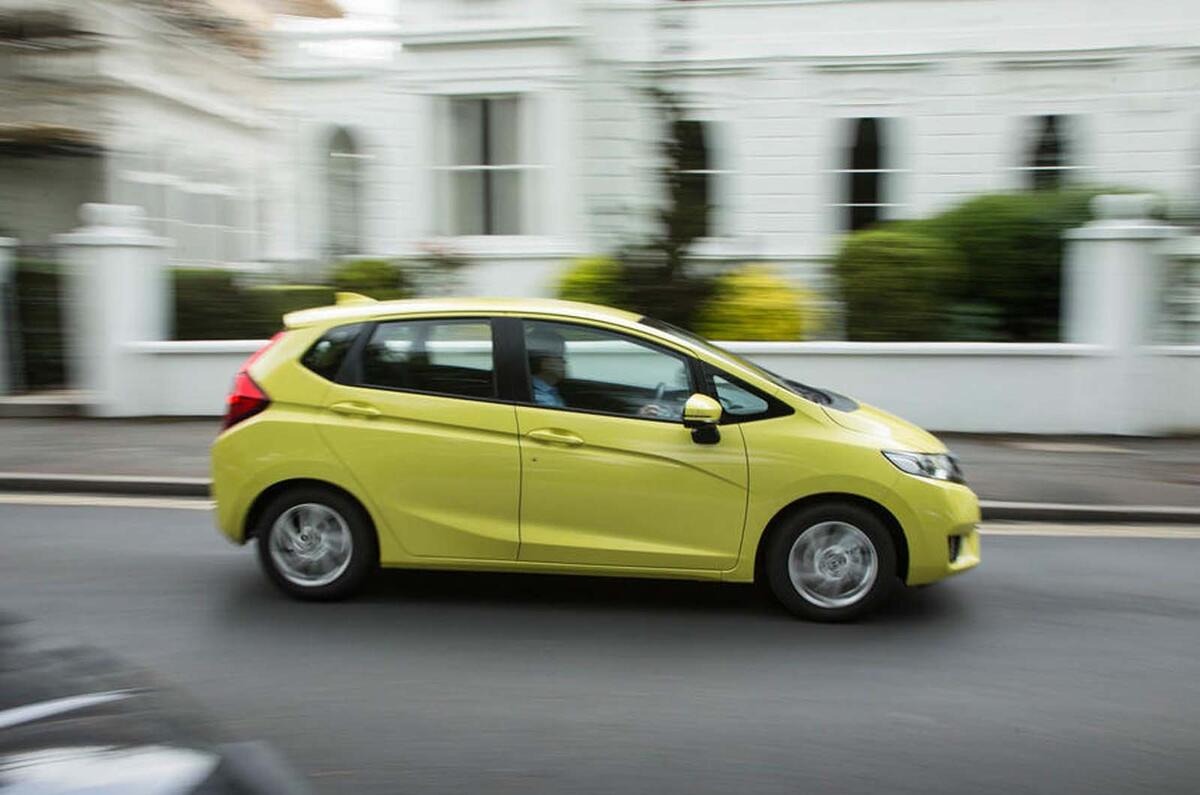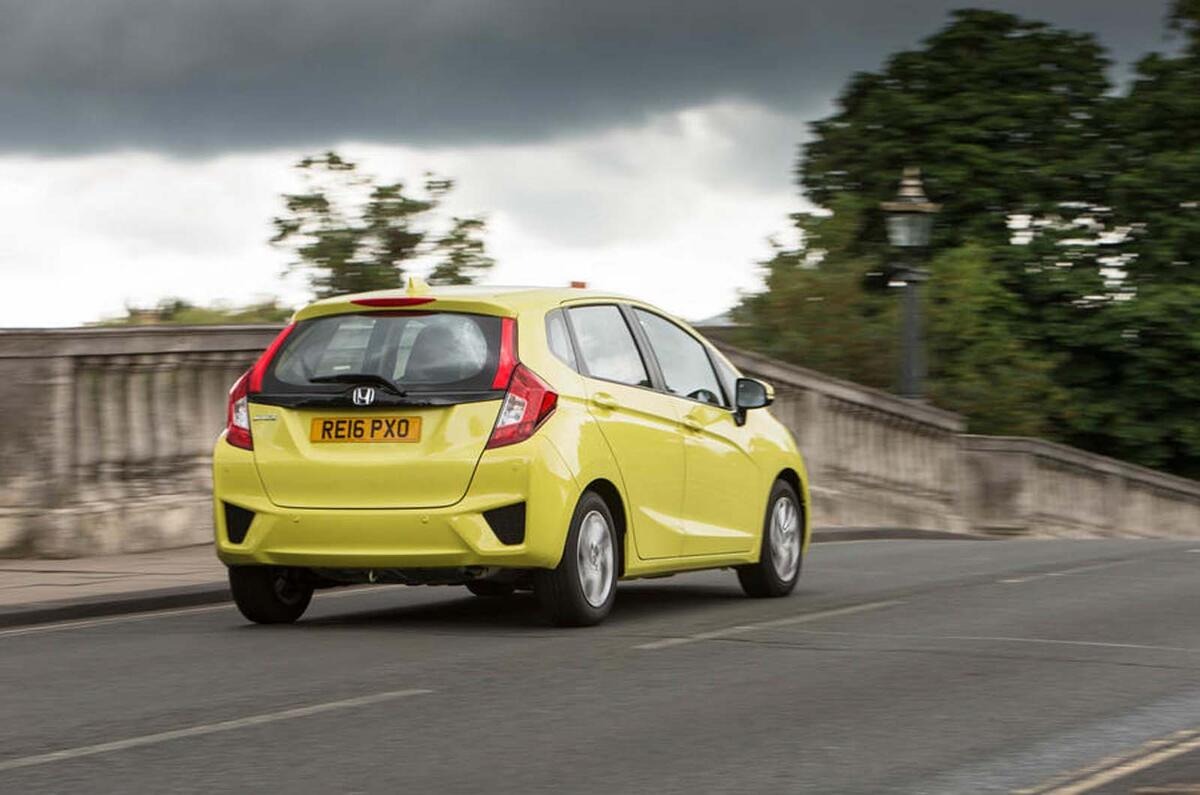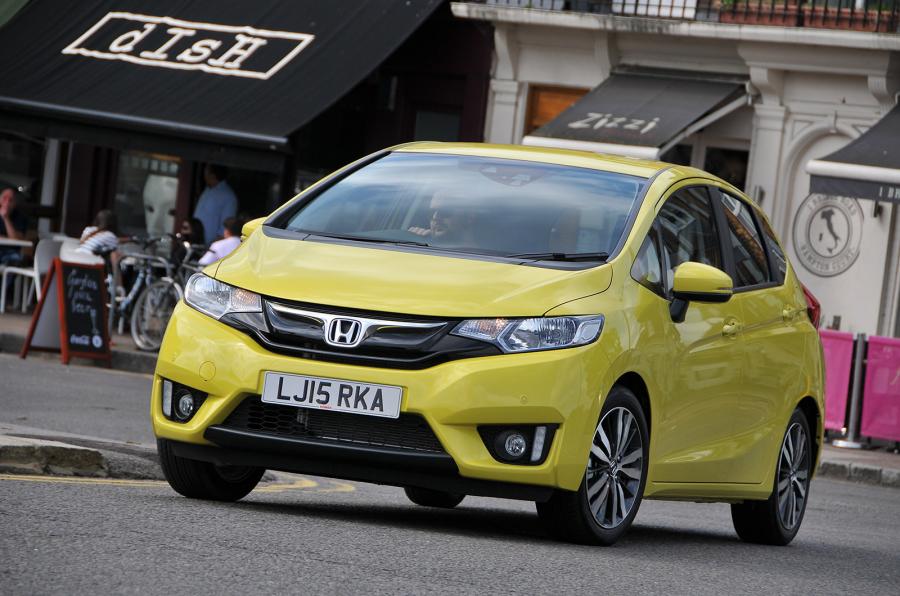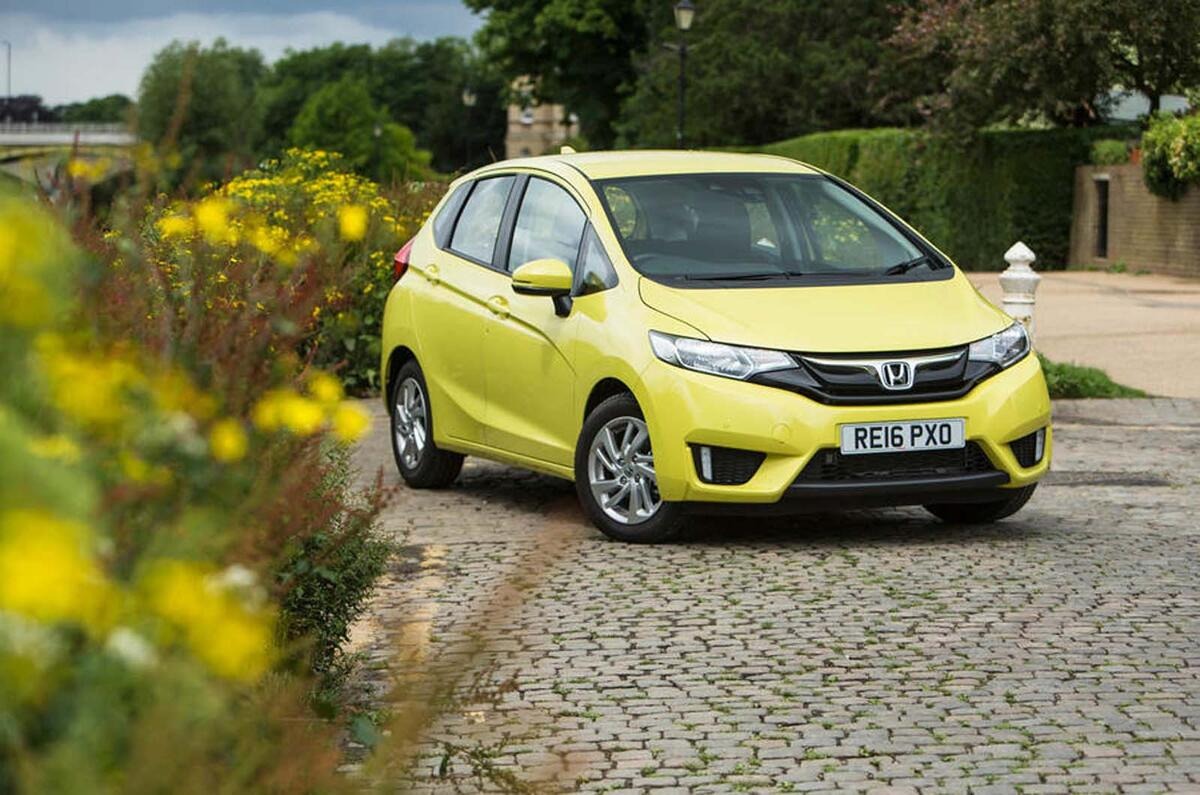When it comes to superminis, you’re spoilt for choice: some are engaging and fun to drive, while others are well built and major on refinement.
But there’s one standout supermini that delivers on practicality and space like no other – and it’s a hard one to turn down now that prices have tumbled to a very accessible £4000. Forget the Ford Fiesta, Volkswagen Polo and Seat Ibiza: for zipping around a city, you should consider a Mk3 Honda Jazz.
What makes the Jazz so appealing, other than its price, is its clever packaging. The Mk3 – sold in the UK from 2015-2020 – has a longer wheelbase than its predecessor, which allowed Honda to increase the volume of the entire cabin.
Slide into the back of a Mk3 Jazz and you’ll be astounded by how much head and leg room there is, even if you’re tall. Two adults can sit comfortably in the back and they won’t grumble if you need to add a third person for a short journey.
It’s not just capacious, though: the rear cabin of the Jazz also has trick‘ Magic Seats’, whose bases flip up like cinema seats so you can fit bulky items across the rear passenger area without needing to fold the rear seats flat. And the Jazz is streets ahead for boot capacity too: with 354 litres to play with, it’s 62 litres bigger than that of the same-sized Mk6 Ford Fiesta.
Given all that function, there’s only a little room for form in this relatively conservative cabin, with gloss black and chrome trim doing only so much to liven things up – but fit and finish is suitably reassuring, and hard-wearing plastics on the main touchpoints mean it ages well.



